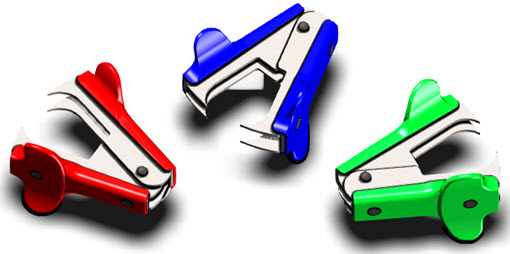Scenes & Environments
Environments
Tools > Palettes > Environments
Environments provide shade, texture, depth and backgrounds to parts where rendering is performed. By applying an environment to a scene, elements of the scene can be enhanced by adding shadows, light and reflective properties.
Images can also be used as backgrounds for the scene which provide a realistic setting for the rendered scene.
Gradients are used to create a stylized, studio-type effect to showcase parts using blended colors to create a graduated appearance.
Backgrounds can be applied using a solid color palette which reflects the surface elements of the parts.
Environment elements can be applied as an image or a gradient and the background image of such remains static when the scene is rotated. These are :
- Backgrounds
- Ground Shadows
- Images
- Plain (color)
- Sky
Environment elements can be applied which are mapped onto the scene, allowing the background to be rotated when the scene is rotated. These are :
- Cubical Maps
- HDRI
NOTE : Environments are a product of rendering and are only visible when using the render tool.

Environment using Ground Shadows
Worked Example
- This section uses a single drawing to demonstrate the various elements of Environments. This drawing can be downloaded here.
- The Layers and Materials for the parts in the drawing are pre-formatted and saved within the drawing. Double-click onto a part to examine its material properties.
- A Block of the part is stored in the Blocks palette and can be dragged into the editor should you wish to experiment with multiple parts.
- All rendering in the examples in this section is done using Draft Render > Visualize > Realistic, however any Visualize rendering style is suitable for the examples in this section.
- The Visualize Scene settings for the examples are shown below. Use Options > Visualize Scene should you wish to adjust any of the scene settings.

See Also